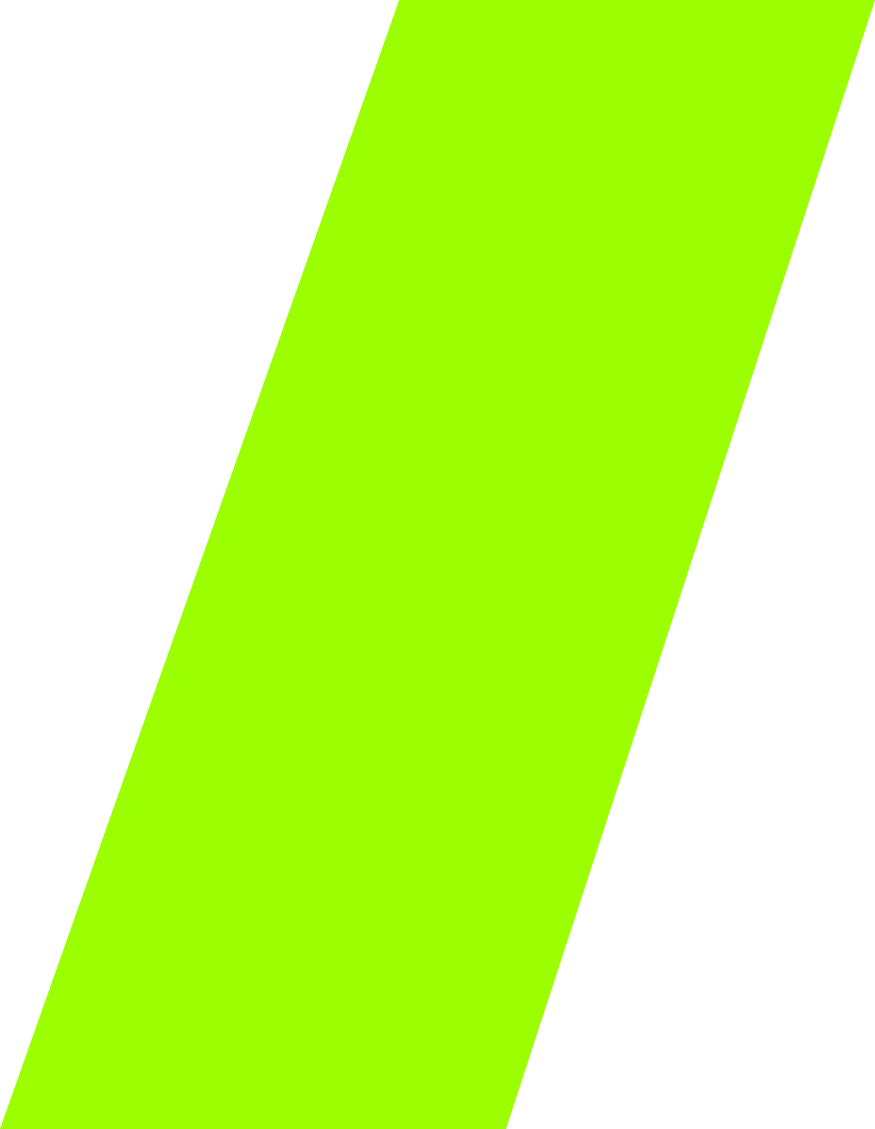Attention Deficit Disorder (ADD) and Attention Deficit Hyperactivity Disorder (ADHD) have only recently been accepted by mainstream medicine. The problem was that ADD is basically a behavioral problem, with hyperactivity, impulsiveness and poor attention span; no neurological damage could be found.
New techniques using radioactive glucose show that certain para of the brain can be hyperactive. But experiences such as coming from a broken family, being left alone for long periods, playing violent video games, being the victim of bullying, and so on, may also cause a child to overreact or withdraw.
The range of symptoms can be classified into four groups:
- Lack of attention: these children are usually lost in their own world, and do things in a trance-like fashion. Without responding to instructions. They find it hard to focus, but if they are intent on something, nothing else exists.
- Impulsiveness: these children do things thoughtlessly, with no analysis of whether they should or shouldn’t do it, or the practicalities.
- Hyperactivity: they fidget and are constantly on the go. They don’t want to sleep, do homework, read or paint. This is partly because they can’t concentrate well, so often have learning difficulties. They may bully other children.
- Boredom: the only things likely to hold the attention of these children are fast-moving video games.
In my experience, about 60 per cent of children with ADD have had some birth injury due to, for example, forceps or rapid, champagne-cork, delivery, being born with the cord around the neck or prolonged labour. These can impair the blood flow to the brain and affect the centre that is known to be malfunctioning in ADD -the reticular formation.
This network of nerve fibers in the brainstem is responsible for regulating the messages to the brain. It controls our emotions, attention and impulses, and if not properly regulated it can either block the messages, causing the brain to calm down excessively and do nothing or let all the signals leak through, so the brain is over-alert or hyperactive.Treating ADD is difficult, although many problems (but not hyperactivity) disappear at puberty.
The most common drugs prescribed are central nervous system stimulants (including Concerta and Ritalin), which are used to improve attention span. Doctors avoid prescribing these for long periods because they may slow growth and have other potential side effects. The manufacturers of Concerta say it has a lower incidence of side effects, but many parents still find these undesirable and there are contraindications for some; for details, visit www.concerta.net
Here is a summary of my approach:
Diet
-
- Avoid foods that make the brain hyperactive, including sugar in all forms, excess salt and caffeinated products.
- Also avoid all foods containing yeast (bread, Pasta, pizza, Marmite, canned produce), as yeast brews toxic alcohols in the gut, which can reach the brain, adding to the troubles.
- Fresh fruit vegetables and juice are good.
Massage
-
- You are doing absolutely the right thing by massaging your son. I suggest parents take turns to massage the child in bed for l5 minutes every night. Do neck and shoulders first then the back Press the soles of the feet with your thumbs. (This is a very basic form of reflexology.) Massage the scalp with Brahmi Mind Oil, to calm the brain and improve sleep. Do this three times a week for four months. Leave the oil on the head over night protect the pillow with an old towel or sheet.
Other Therapies
- Reflexology
- Biofeedback
- Yoga and breathing techniques

